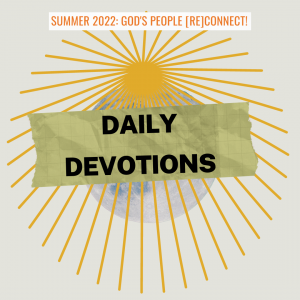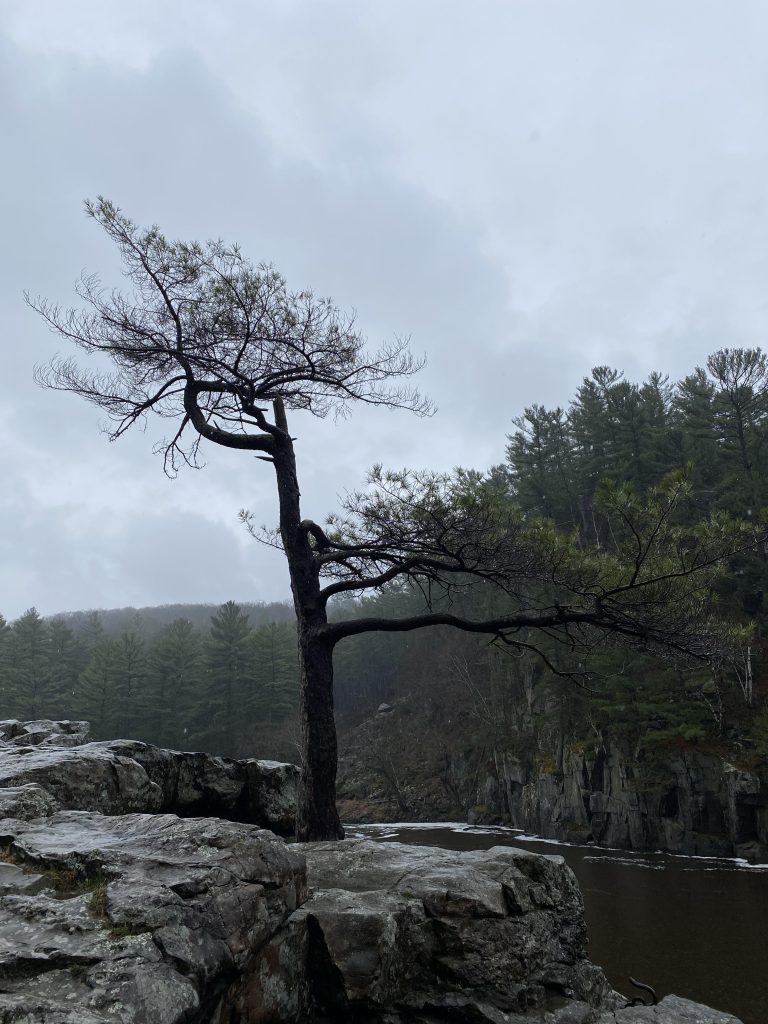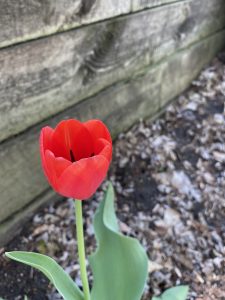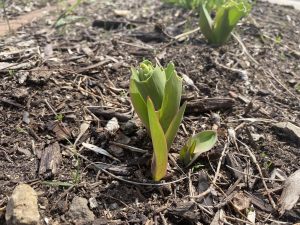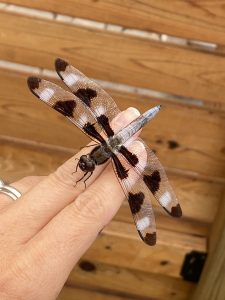Thursday, December 15
Advent Vespers Reflection by Sarah Runck ’24
Romans 15:3-6 [MSG]
Jesus didn’t make it easy for himself by avoiding people’s troubles, but waded right in and helped out. “I took on the troubles of the troubled,” is the way Scripture puts it. Even if it was written in Scripture long ago, you can be sure it’s written for us. God wants the combination of his steady, constant calling and warm, personal counsel in Scripture to come to characterize us, keeping us alert for whatever he will do next. May our dependably steady and warmly personal God develop maturity in you so that you get along with each other as well as Jesus gets along with us all. Then we’ll be a choir—not our voices only, but our very lives singing in harmony in a stunning anthem to the God and Father of our Master Jesus!
This translation of Romans comes from the Message bible. I love how it dives into a deeper explanation of this text. It prompted me to reflect on things in my life that correspond with this verse.
First – the therapeutic nature of music. I am a third year music therapy major which means that I am building my life around the virtue of placing myself near the troubles of others. My profession is built around caring for others more than myself, in a healthy manner. With that being said I will “take on the troubles of the troubled.”
Second – the calling and the waiting. We never know what God is going to do next, but all we can do is have hope. Hope has always had a very special meaning to me. Whenever I hear that word, it reminds me of something I once read: “H.O.P.E. Hold On, Pain Ends.” No matter how long we wait, everything will be okay in the end.
Regardless of what God calls us to do, we will sing in harmony with not only our voices but our lives as well. Our song can be one of hope because God promises to be with us in our professions, our joys and our troubles.


